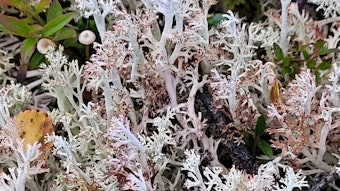In Western society, a healthy-looking tanned skin is desirable. As most people have become aware of the risks associated with UV exposure, self-tanning products now represent a continuously growing segment of the cosmetic market. Traditional sunless tanning products contain dihydroxyacetone (DHA) as the active ingredient. DHA reacts with the amino groups of the proteins in the stratum corneum (SC) in a Maillard reaction to produce pigments called melanoidins.
The use of DHA has several disadvantages. The resulting tan is likely to emerge streaky or uneven because with higher concentrations of DHA, as is generally known, DHA reacts with the outermost corneocytes. When they are not regularly shed, the remaining color appears uneven. Another common complaint about DHA-based products is the “chemical odor” that they emit. These problems are not relevant for products that contain only low concentrations of DHA.
A current trend exists toward moisturizing products containing a small amount of DHA, just enough to build up a slow, natural-looking tan. These tans develop nicely, but do not solve another problem linked to artificial tans; DHA-derived polymers absorb mainly in the visible light range and only slightly in the UVA range. Unlike melanin, the natural skin pigment, melanoidins do not protect against UVB and people generally expect a tan to provide UV protection. In other words, the false tan may bear health risks. An ideal self-tanning ingredient should stimulate the synthesis of melanin in the skin.











